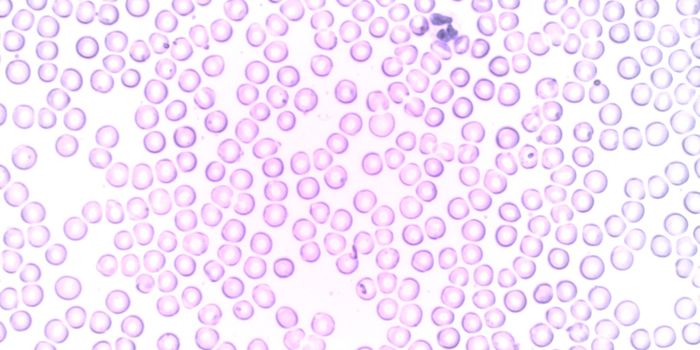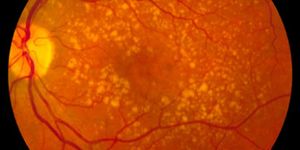Researchers are still learning more about ferroptosis, a recently identified type of regulated cell death. It seems to be important to neuronal cell death after oxidative stress and is related to cancer. Iron appears to play a major role in the process, which is distinct from other types of cell death such as apoptosis and necroptosis. Only a few molecules that are involved have been identified. It is of note that labroots recently had a webinar related to ferroptosis featuring Brent Stockwell, watch that
here.
A new publication from researchers at the Helmholtz Zentrum München demonstrates that a molecule involved in fatty acid metabolism, Acyl-CoA synthetase long-chain family member 4 (ACSL4), has a critical role in the initiation of this type of cell death. In collaboration with colleagues at the Universty of Pittsburgh, the investigators determined that the ferroptosis is triggered after a certain threshold of oxidized lipid molecules is reached in cellular membranes.
"Acsl4 is critically involved in shaping the cellular lipid composition by storing more poly-unsaturated long-chain fatty acids in cellular membranes, thereby providing the starting materials for the generation of the lethal lipid signals driving ferroptosis" explained doctoral student Sebastian Doll, first author of one of the two studies. "Previously it was assumed that iron-dependent lipid oxidation occurs randomly; however, our data now demonstrate that ACSL4 centrally contributes to the formation of oxidized lipid death signals in ferroptosis."
"The individual mechanisms involved in this type of cell death remain only partly understood, and our findings make an important contribution towards a better understanding of ferroptotic cell death," commented study leader Dr. Marcus Conrad, who leads a research group at the Institute of Developmental Genetics of the Helmholtz Zentrum München.
Cell death doesn’t conjure positive thoughts, but the destruction of specific, aberrant cells is very important to the health of the body, especially when it comes to cancer. In light of that, the researchers investigated the mechanism of ACSL4 in a cancer model. They found that a type of breast cancer cell that was not making ACSL4 was very resistant to ferroptosis, while if those cells were making ACSL4, they became highly sensitive to the induction of ferroptosis.
"This is a highly interesting finding given the fact that the presence of ACSL4 determines whether or not cells can embark on the ferroptosis pathway" explains Dr. José Pedro Friedmann Angeli, who was centrally involved in both studies. It is thus well conceivable, he says, that the molecule could be used as a biomarker in cancer patient stratification.
There were
several findings reported in
two research articles published in Nature Chemical Biology; the scientists also demonstrated a way to target ACSL4 in the ferroptotic signaling pathway. By using thiazolidinediones, a class of drugs that are frequently used to treat of diabetes, they were able to slow down the process of ferroptosis.
"Our intriguing insights that the ACSL4 enzyme plays a substantial role in the process of cell death provide novel cues for yet-unrecognized therapeutic approaches towards inhibiting ferroptosis in degenerative diseases or inducing ferroptosis in certain tumor diseases," said Conrad. The researchers say that tumors don’t respond to standard chemotherapy treatments could be good candidates for ferroptosis therapy. It is hoped that these findings will stimulate research in cancer and degenerative diseases.
For other molecular details of the ferroptosis process, watch the above video.
Sources:
Nature,
Cell,
AAAS/Eurekalert! via
Helmholtz Zentrum München,
Nature Chemical Biology Doll et al,
Nature Chemical Biology Kagan et al









